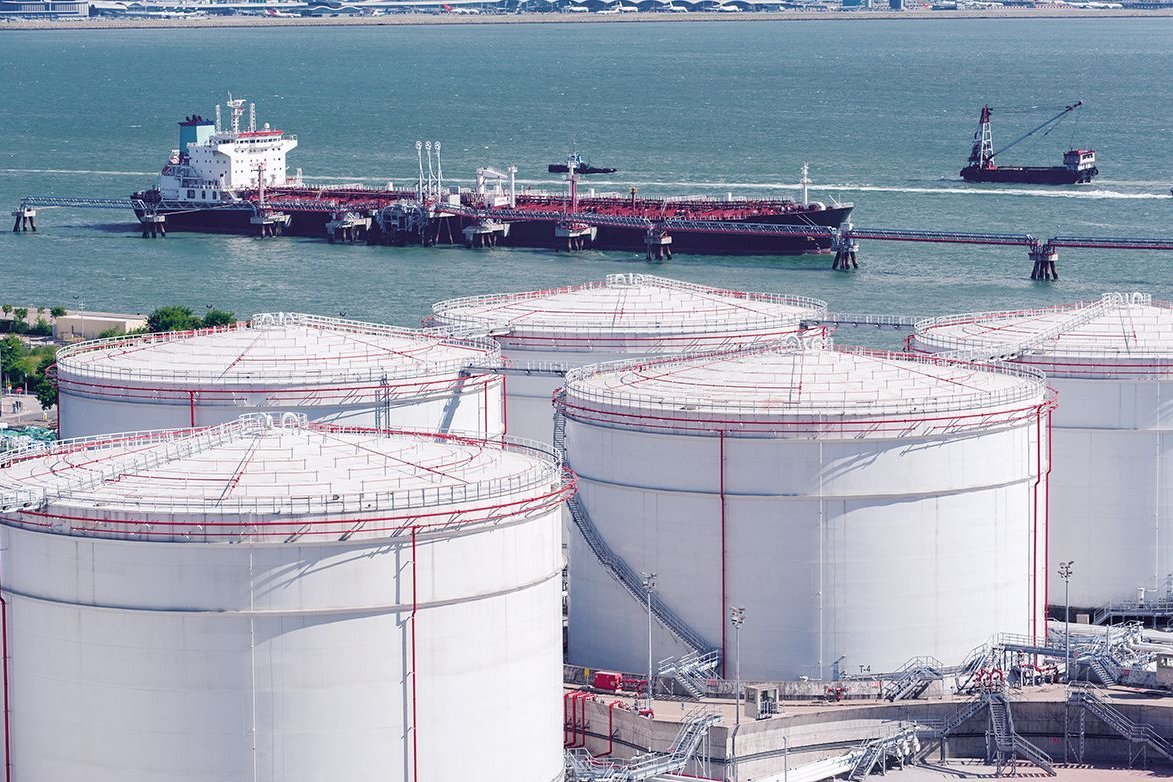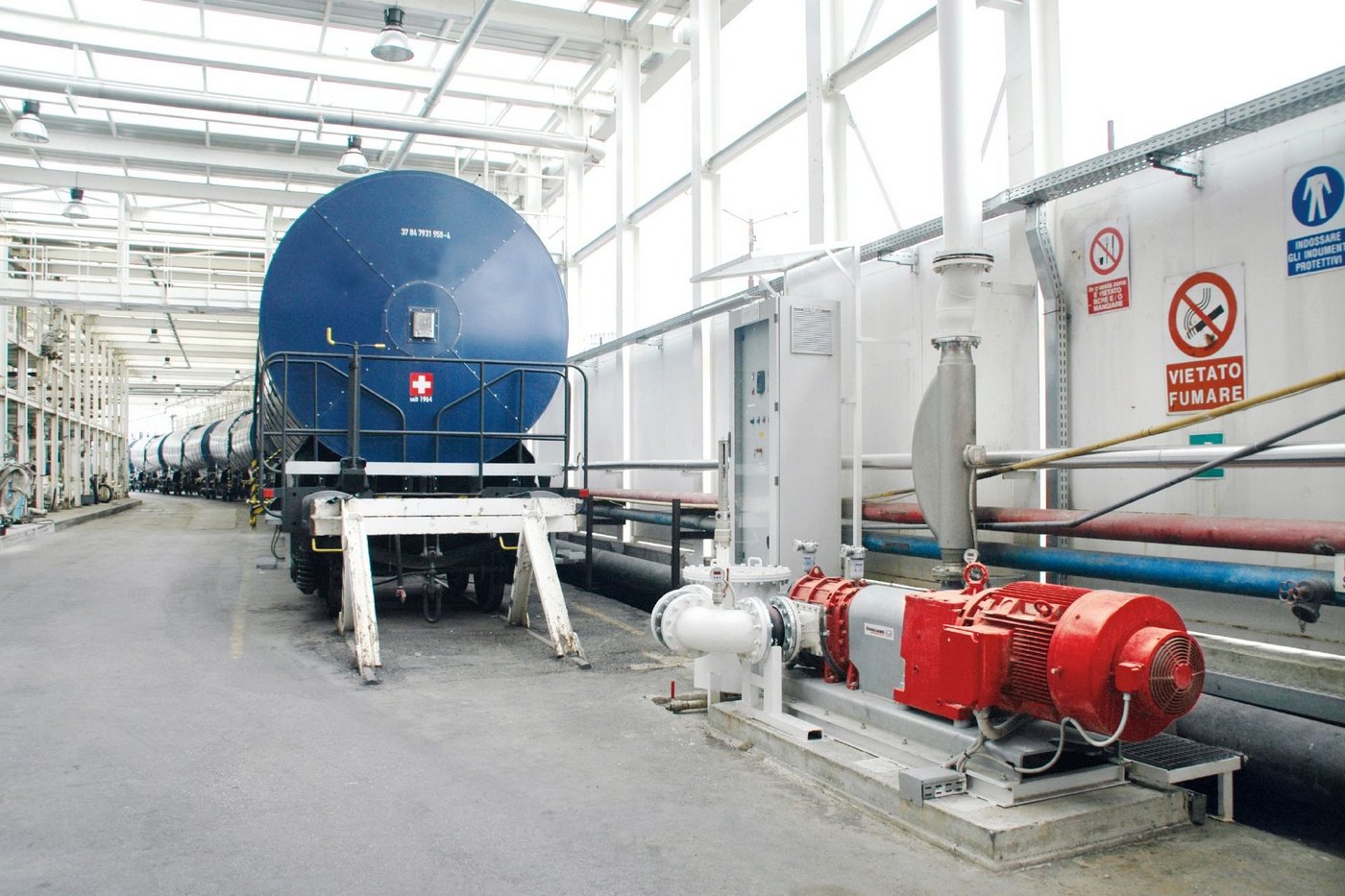Lobbenpompen voor het vullen en legen van tanks en tankwagens
Technische oplossingen voor de tankindustrie
Vullen, aftappen en reinigen van stationaire tanks en tankwagens vereisen hoge doorvoer, maar ook kracht en precisie. Het feit dat de lobbenpompen van Vogelsang ook bestendig zijn tegen drooglopen is bijzonder nuttig voor het volledig verpompen van de tankinhoud. Als dit niet zou gebeuren, hoopt vast materiaal zich op de bodem van de tank op, waardoor de opslagcapaciteit geleidelijk wordt verminderd. Dankzij de vorm en positie van de lobben in onze industriële pompen, wordt de vloeistof gelijkmatig en zonder pulsatie verpompt, ongeacht de viscositeit. Het ontwerp zorgt ook voor een grote aanzuighoogte. Met het innovatieve InjectionSystem worden vreemde voorwerpen, bijvoorbeeld in afvalolie, dusdanig zorgvuldig verpompt dat de lobben niet worden beschadigd.
Deze industriepompen zijn ook geschikt voor het pompen van stookolie, plantaardige olie, diesel of biodiesel in industriële havens of depots, alsook pompprocessen in tankwagens of schepen. De pomprichting werkt reverse en het compacte ontwerp, met name van de lobbenpompen uit de IQ-serie, bespaart aanzienlijk ruimte en maakt snel onderhoud mogelijk zonder dat onderdelen hoeven te worden gedemonteerd. Een brede reeks lobbenpompen zijn ook geschikt voor het verpompen van stoffen, bijvoorbeeld zware stookolie, kerosine, petroleum of methanol in raffinaderijen. Zelfs in membraanbioreactortechniek voor het hergebruik van proceswater in raffinaderijen worden lobbenpompen geïnstalleerd, want de optie om de stromingsrichting om te keren zorgt voor een betere regeling van de pompprocessen.




